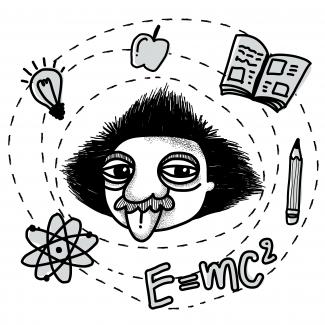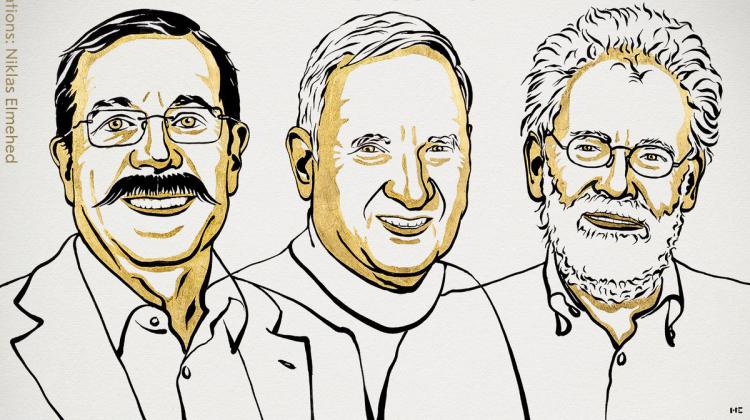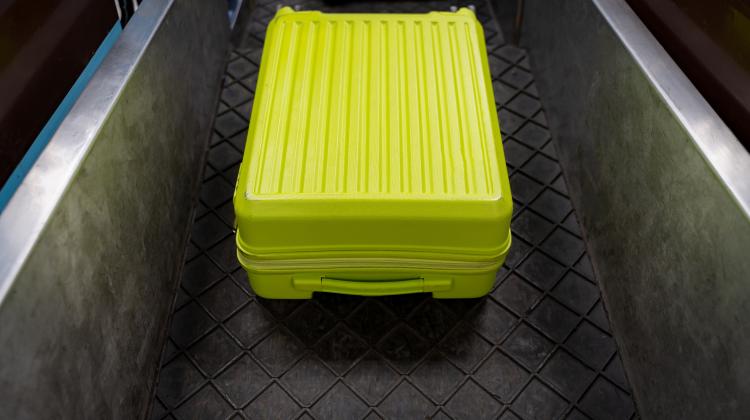'All the science is either physics or stamp collecting'. These rather controversial statement is attributed to Ernest Rutherford. A New Zealander, 1908 Nobel Prize laureate for his studies on radioactive decay, he is by many considered to be the father of nuclear physics. Doubtless, someone who made an enormous contribution to the advancement of science. This blog post is going to be about just that quote and how its perception has changed across the years. The quote puts one of the many branches of science on the pedestal at once disparaging the rest of them.
Unquestionably, research done by physicists expands our knowledge of the world that surrounds us, its fundamental components, and the forces that bind them. Time and time again, discoveries in physics have given rise to new branches of science and industry. It should be pointed out, that in the times of Rutherford and his contemporaries, breakthroughs in science were frequently achieved single-handedly or by a small group of people working at the same laboratory.
Scientists and stamp collectors' entanglement
Today, physicists as well as scientists specializing in other branches of science follow in the footsteps of their great predecessors, whereby the opening quote takes on a new quality while the significance of the groups of researchers mentioned therein expands. If you follow news reports from the world of science, more and more often you will find scientists and 'stamp collectors' working shoulder to shoulder to solve a particular scientific problem, especially in the area of basic research. From this vantage point, I would like to talk about two projects where the synergy between scientists and engineers resulted in pushing back the frontiers of our understanding of the universe.
Following reverse chronology, I simply need to start with the latest Nobel Prize for Rainer Weiss, Barry C. Barish and Kip Thorne whom you will know from their LIGO/Virgo experiments. The aim of the international team of researchers is to detect gravitational waves (caused by e.g. two black holes colliding) that were predicted by Albert Einstein over 100 years ago. The detector, or, in fact, two detectors (to verify observations) are so sensitive that noise compensation for trucks driving by or ocean waves (the detectors are located on the East and West coast of the USA) is required. In September 2015, gravitational waves "were heard" for the first time.
Four years ago, the Nobel Prize in physics went to Peter Higgs and François Englert who over fifty years earlier, together with Robert Brout, had theoretically predicted the existence of the Higgs boson (otherwise called the God particle) - the missing particle of the Standard Model which explains the mechanism that gives mass to elementary particles. To confirm the theory, dozens and dozens of years of advancement of accelerator technology had been required that eventually led to the construction of the Large Hadron Collider at CERN near Geneva. The accelerator is so sensitive in fact that its electromagnets need to be adjusted to account for the position of the Moon, and its particle tracking systems were able to detect one of the earthquakes in New Zealand. Particles move at speeds close to the speed of light and that is when they collide head on. Trying to have two protons collide would be like trying to make two pins fired 1 km apart collide. Collision data is studied by two detectors ATLAS and CMS which like huge cameras capture the trajectories of particles created in the collisions. In July 2012, both experiments independently confirmed the existence of the God particle.
Searching for answers
To sum up, we need all of them: physicists, chemists, biologists as well as engineers to work together on multidisciplinary projects. When collaborating, they stimulate each other because the questions that one group of them ask (how does the universe work?) inspire other groups (construction of ultra accurate precision measuring instruments), and the other way round: the super sensitive sophisticated detectors I have talked about raise scores of new questions. I could not be more aware of the fact that the projects I have discussed, and others akin to them, merit a much more in-depth treatment, and that is exactly what I am going to do in my next blog posts.





